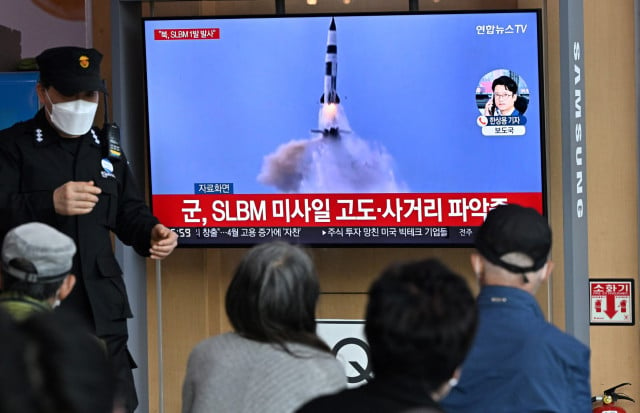The Life of National Museum Founder George Groslier

- Cambodianess
- April 13, 2021 1:50 PM
PHNOM PENH--The National Museum of Cambodia in collaboration with the École française d'Extrême-Orient (EFEO), or French school of Asian studies, has been holding its first virtual exhibition to commemorate the 100th anniversary of the museum. During the exhibition period, some sculptures and their histories are to be displayed digitally. With the approval from the National Museum of Cambodia, and in contribution to the promotion of Khmer cultural heritage, Cambodianess is pleased to present an overview on "The Life of the Founder of the National Museum of Cambodia George Groslier."
In turn painter, writer, archaeologist and photographer, George Groslier is best known for having conceived and been the first curator of the Albert Sarraut Museum, which was inaugurated in 1920 and now is the National Museum of Cambodia. This museum was part of his Cambodian Arts Service project that also brought together the School of Arts and craftsmen's guilds, working in close collaboration with the Cambodian authorities, and especially with the Royal Palace.
For more than 25 years, George Groslier would work to promote knowledge and conservation of Khmer art, trying to promote not only its archaeological heritage but also its contemporary representations. The first French child born in Cambodia where his father had been a civil service administrator since 1885, Groslier was raised in France from the age of two. From his mother, a musician, he inherited a taste for show business and music. Introduced to art at a very young age, he first decided to devote himself to painting.
At the end of his studies in 1910, he joined his father in Ban Me Thuot in Vietnam. This was the starting point of a two-year journey through Indochina at the end of which he settled for 10 months in Phnom Penh to do a study on the Royal Ballet. From his observations, he drew the material for a first book, Danseuses cambodgiennes anciennes et modernes (ancient and modern Cambodian dancers), which was published in 1913.
Serving in the French military during World War I, in 1916 he returned to Cambodia where he settled with his wife Suzanne. The couple had three children. Their youngest was Bernard Philippe Groslier who became an archeologist and would serve as curator of Angkor in the 1960s. The family lived in a house adjoining the museum that George Groslier had designed and which today houses the rectorate of the Royal University of Fine Arts, being located at the corner of streets 178 and 19.
Art director and curator of the museum, George Groslier would only leave the capital to conduct research and gather works, crisscrossing all provinces in Cambodia. Groslier retired in 1944 but the war prevented him from returning to France to be reunited with his family. After the Japanese takeover of the country on March 9, 1945, he was taken into custody like all French citizens. Arrested by the Japanese military police, he died on June 18, 1945, during interrogation. He left a body of work remarkable for its profusion and diversity—novels, scientific studies, monographs, travel accounts and documentaries—with chiseled writing and often embellished with photographs and sketches.
Text provided by the National Museum of Cambodia















